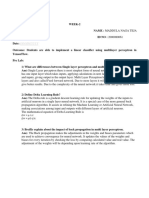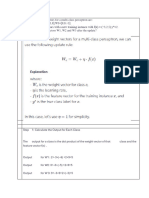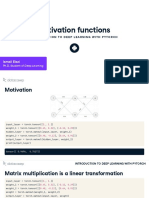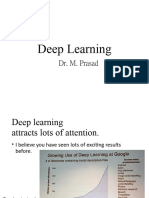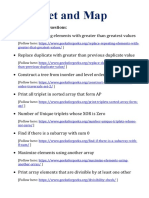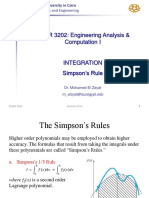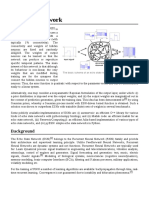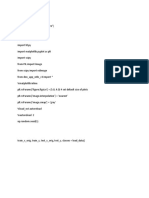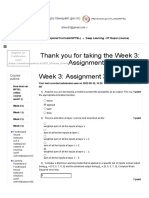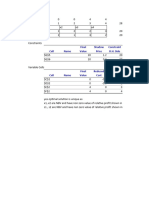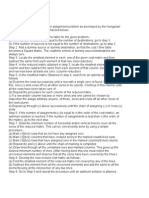0% found this document useful (0 votes)
65 views43 pagesDeep Learning in Python: The Need For Optimization
The document provides an overview of deep learning in Python and the process of gradient descent optimization. It discusses how neural networks make predictions and calculate errors, the use of loss functions to measure model performance, and how gradient descent is used to minimize the loss by adjusting weights based on the slope of the loss function. It also introduces the concept of backpropagation, which allows gradient descent to calculate gradients for all weights in a neural network to update them efficiently.
Uploaded by
ganesh kumarCopyright
© © All Rights Reserved
We take content rights seriously. If you suspect this is your content, claim it here.
Available Formats
Download as PDF, TXT or read online on Scribd
0% found this document useful (0 votes)
65 views43 pagesDeep Learning in Python: The Need For Optimization
The document provides an overview of deep learning in Python and the process of gradient descent optimization. It discusses how neural networks make predictions and calculate errors, the use of loss functions to measure model performance, and how gradient descent is used to minimize the loss by adjusting weights based on the slope of the loss function. It also introduces the concept of backpropagation, which allows gradient descent to calculate gradients for all weights in a neural network to update them efficiently.
Uploaded by
ganesh kumarCopyright
© © All Rights Reserved
We take content rights seriously. If you suspect this is your content, claim it here.
Available Formats
Download as PDF, TXT or read online on Scribd
/ 43

